
Do you have a question about the Visonic PowerMaster 360 and is the answer not in the manual?
| Battery Backup | Yes |
|---|---|
| Wireless Protocol | PowerG |
| Partitions | Up to 4 |
| Communication | IP |
| Frequency | 868 MHz |
| Operating Temperature | -10°C to +55°C |
Provides a general overview of the PowerMaster-360 wireless alarm system and its capabilities.
Lists the unique features and functionalities offered by the PowerMaster-360 system.
Explains the meaning of each LED indicator on the PowerMaster-360 control panel.
Details the operation and display of the Virtual Keypad interface for system interaction.
Describes how to manage user access, security codes, and keyfobs for system operation.
Guides on ensuring the system is ready before arming.
Instructions for arming the system in AWAY, HOME, and Instant modes.
Procedures for disarming the system and handling alarm conditions.
Explains how to disarm the system using a duress code to send a silent alarm.
Guides users on how to select specific partitions for system operations.
How to arm the system even with open zones, bypassing them temporarily.
Details the special arming mode for monitoring child returns.
Procedures for manually triggering panic, fire, or emergency alarms.
How to enable or disable chime zones for activity notification.
How to view recorded alarm and tamper events.
Steps to clear the stored event memory history.
Information on identifying and resolving device issues and trouble conditions.
Guide on accessing and navigating the User Settings menu.
Instructions on how to exit the User Settings menu and return to the main display.
Explains the function of keypad buttons for navigation and settings.
How to bypass specific zones to allow arming of other parts of the system.
How to review and recall the most recently used zone bypass schemes.
Guide on setting and managing user codes for system access.
How to set duress codes and manage proximity tags.
Steps to enroll or remove keyfob transmitters.
How to adjust the system's time and date and select formats.
How to enable auto-arming, set its time, and program the scheduler.
How to configure event notifications via email, MMS, and SMS.
How to control squawk feedback and adjust system beep volumes.
Reading system serial number and PowerLink connectivity details.
Details the SMS messages sent by the system for various events.
Lists SMS commands to control the system remotely.
How the system can monitor movement for elderly/infirm individuals.
Procedure for acknowledging low battery alerts from keyfobs.
Guides on performing regular system tests for all components.
How to conduct periodic tests on sensors within specific partitions.
Instructions for replacing the system's backup and wireless device batteries.
How to open 24-hour zones without triggering an alarm.
Instructions on how to safely clean the control panel.
How to access and review the system's event log.
Details the functions and operations of the KP-160 PG2 keypad.
Explains the functions and operations of the KP-140/141 PG2 keypads.
Describes the functions and operations of the KF-234 PG2 keyfob.
How to select partitions and arm/disarm them.
How to view the status of selected or all partitions.
Explains how sirens operate in conjunction with system partitions.
How partition states (Ready, Away, etc.) are displayed on the keypad.
Defines common areas and their behavior across multiple partitions.
Lists the functional parameters and capabilities of the PowerMaster-360.
Details the wireless technologies and frequency bands used.

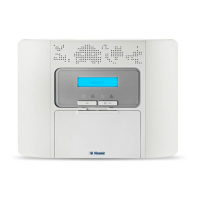
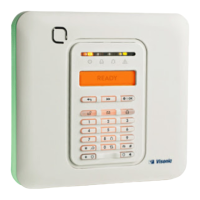


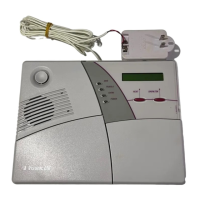
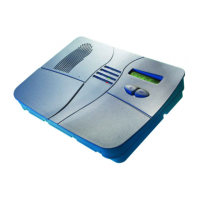

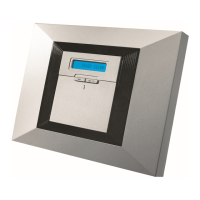
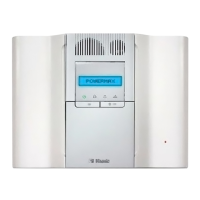
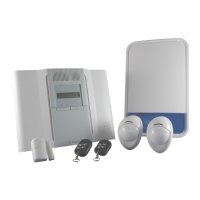

